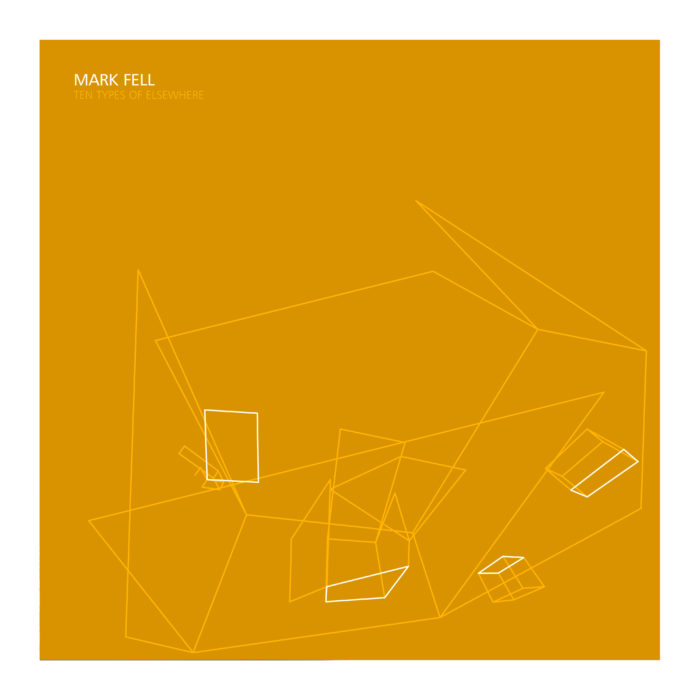LINE is proud to announce the new solo release by Mark Fell, Ten Types of Elsewhere. Topology is a branch of mathematics concerning possible spaces and spatial objects – curves, surfaces, knots, manifolds, phase spaces, symmetrical groups, etc. The work explores a link between objects and alterity through spatial and temporal deformations, twistings, rotatings, reflections and stretchings. Here spaces and objects are not self-evident and singular, but multiple, irregular, anomalous.
The work began as a documentation of recent installations some in public spaces, some gallery works, some large works, some small etc. Inspired by the problems brought up by this activity, instead of using recordings to document these, ten processes came about each of which relates to the spaces and works in a different way – a recording, or system used to run the work, a pattern, a method or technique, a way of working, a name, or a reference point outside the work. This is Mark Fell’s first solo full length release in the United States and is a exciting new departure for LINE.

